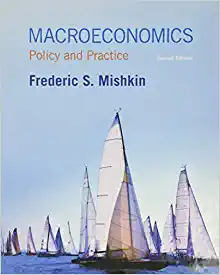Question
ACME Building Supplies is about to introduce a new customer service program that will affect all of its 200 sales and service employees. Job duties





ACME Building Supplies is about to introduce a new customer service program that will affect all of its 200 sales and service employees. Job duties will be changed and the employee reward system will be altered to fit this new customer focus. Moreover, the company wants to improve the efficiency of work processes, thereby removing some of the comfortable (and often leisurely) routines that employees have followed over the years.
Part 1- Forces Resisting Change
Describe three types of forces resisting change that the company will potentially experience during this change process.
Part 2:Implementing the change
Pretend you are working in the Human Resources department of ACME Building Supplies and are in charge of leading the change of implementing the new Customer Relations Management (CRM) computer program as part of this new 'Customer Service' change initiative. Employees use the current CRM multiple times a day as it stores all the information about clients from the types of products and services they have, to logging any interaction they have with the clients. Thus, this change will greatly impact their job/tasks. Knowing what you have learned this semester about behaviour and attitudes towards change, createi a plan that ACME could use to successfully implement this change.
Things that need to be included:
In Part 1 of the work, you addressed forces resisting the change, so your implementation plan must clearly indicate how it will address the resistance.
A crucial aspect to any change is communication. Include a written memo or record a video of yourself announcing this new change in CRM to employees. Employees should understand why this change is happening, when, who it affects, etc. For any information that has not been included, you are free to make up any assumption that you wish.
An important part of planning that often is forgotten about is the final evaluation. Identify how you will evaluate your implementation plan (i.e. how will you know if this change was successful?)





Step by Step Solution
There are 3 Steps involved in it
Step: 1

Get Instant Access to Expert-Tailored Solutions
See step-by-step solutions with expert insights and AI powered tools for academic success
Step: 2

Step: 3

Ace Your Homework with AI
Get the answers you need in no time with our AI-driven, step-by-step assistance
Get Started


